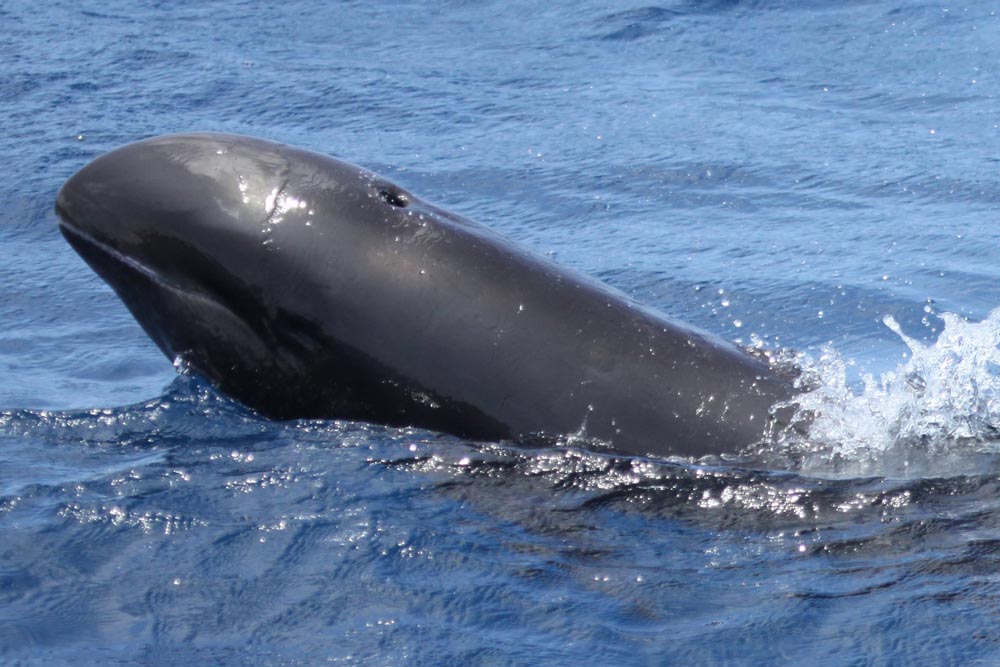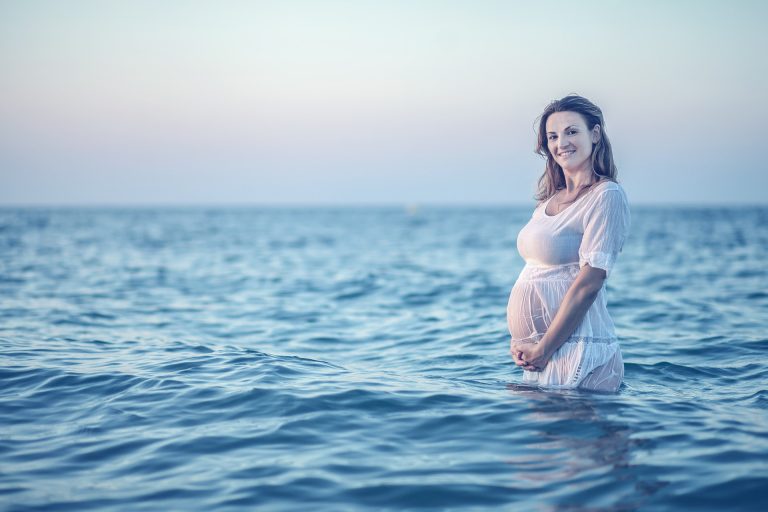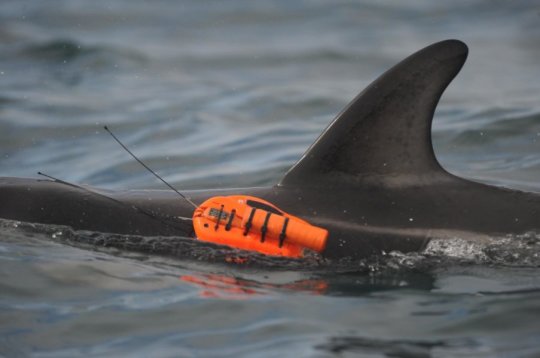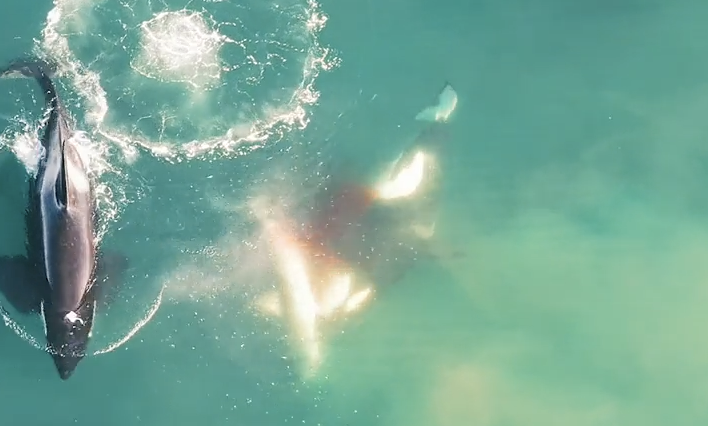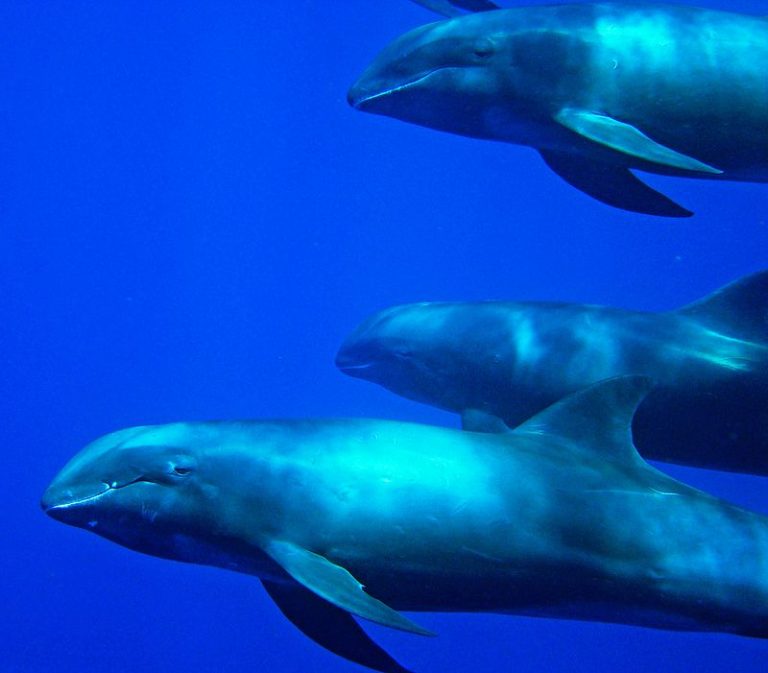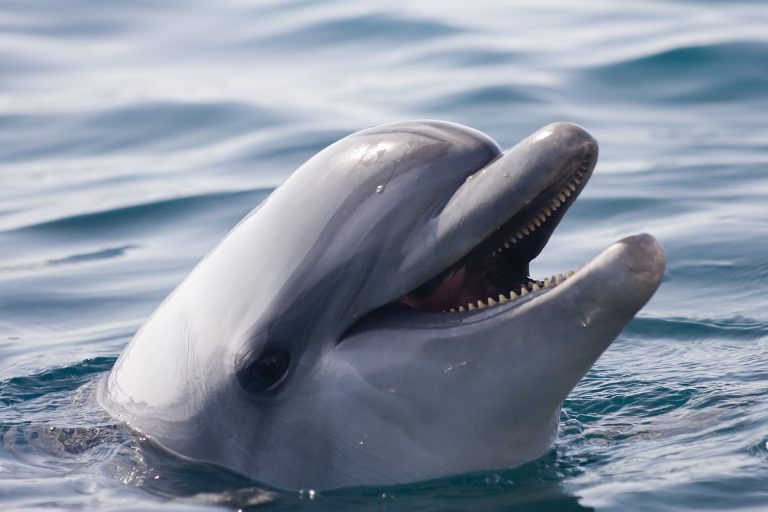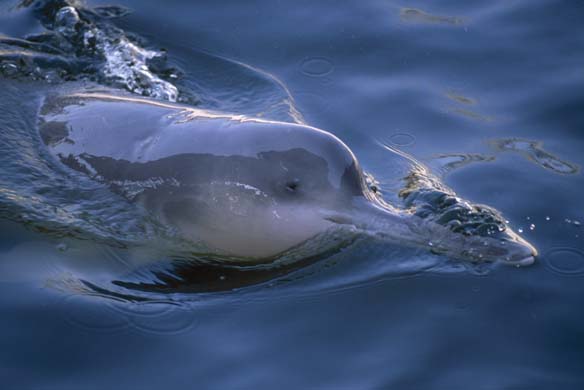5 Of The Largest Dolphins That Are Also Called Whales
These are the largest dolphins today and they are all referred to as “whales.”
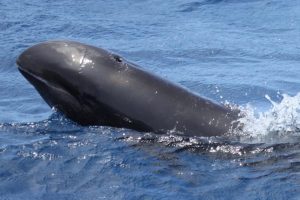
Dolphins remain one of the most popular marine creatures among humans and that’s understandable.
Their friendly disposition and interesting antics makes us want to watch them as much as possible. But did you know that there are a number of marine mammals that you may think are whales but they are actually dolphins?
It’s not hard to see why this mix-up happens all the time especially as each one has the word “whale” as part of its common name. Also, these whale/dolphins are the largest in the dolphin family.
After the true whales (blue whale, gray whale, etc), the dolphins below are the largest mammals you can find in the waters.
The 5 Largest Dolphins Today
5) Pygmy Killer Whale

Weight: 225 kg
Length: 2.6 meters
Conservation Status: Data Deficient
Other Names: Slender pilot whale, Slender blackfish
Taking up the end of our list is the elusive and little-known Pygmy Killer Whale. It bears no physical resemblance to killer whales (orcas) and despite being called whale, it’s really a dolphin.
This species is extremely rare and hardly ever sighted out in open waters. Its body is mainly black black or gray and it has long flippers with rounded tips. They are quickly distinguished by a white chin and lip area.
Pygmy killer whales swim in pods of 12 to 15 individuals but these groups often grow as large as several hundred dolphins strong. These dolphins are generally shy of humans and will avoid boats in the water. However, they have been seeing hunting and eating other dolphin species.
They mainly inhabit deep tropical and subtropical waters all over the world.
4) Melon-Headed Whales

Weight: 275 kg
Length: 2.75 meters
Conservation Status: Least Concern
Other Names: Little killer whale, Many-toothed blackfish, Electra dolphin
The Melon-headed whale is closely related to pilot whales and is commonly referred to as blackfish. Because they prefer to swim in very deep offshore waters, these dolphins are rarely seen.
Its common name comes from the prominent rounded cone shape on its head. This dolphin has a slender body with a dark gray coloration and no visible beak. Its similarities to the false killer whale means they are often mistaken for the other. However, the false killer is much larger.
The melon-headed whale is a very social marine mammal often swimming in pods of up to 500 individuals. They mix freely with many other dolphins though they are wary of humans and will avoid boats in the water.
Melon-headed whales are very fast swimmers and they are known for bow-riding, splashing, and other acrobatic displays. They inhabit deep sub-tropical waters worldwide but are mostly common around the Philippines and Hawaii.
3) False Killer Whale

Weight: 2200 kg
Length: 6 meters
Conservation Status: Data Deficient
Other Names: False pilot whale, Blackfish
Despite its name, this is another creature that’s actually a dolphin and not a true killer whale. In fact, it’s not even closely related to killer whales (orcas).
These are long, slender dolphins with a black/dark gray body color. They don’t have a beak, and their flippers have a distinctive S-shaped elbow. False killer whales are fast-swimming and very playful creatures that are fond of approaching boats and bow riding after them.
Unfortunately, they have a habit of stealing fish from fishermen. As a result, some fishermen especially in Japan hunt and shoot them to protect their catch. They are commonly found in the deep tropical and warm waters of the Atlantic, Pacific, and Indian Oceans.
False Killer Whales are prone to mass stranding and up to 800 individuals were stranded in one incident.
2) Pilot Whales
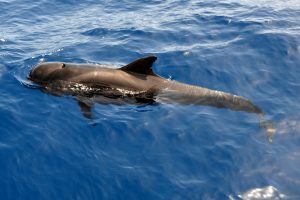
Weight: 3200 kg
Length: 7.5 meters
Conservation Status: Data Deficient
Other Names: Blackfish
There are actually two dolphins referred to as pilot whales: the long-finned pilot whale and the short-finned pilot whale.
These dolphins are the second largest in the entire dolphin family. Along with all the other very large dolphins, they are also referred to as blackfish.
It is nearly impossible to tell both types of pilot whales apart although the large fins of the long-finned pilot whale may help. Like most other species of dolphins, pilot whales are also very social. As a result, you’ll often see them in groups of up to 30 or more dolphins.
But unlike most other dolphins, male and female pilot whales will remain with their mother for life, only going out to breed and return to her pod.
Strangely, this species is also prone to mass stranding making them easy prey for fishermen and hunters.
Long-finned pilot whales prefer to live in cold waters while the short-finned pilot whale lives in tropical and subtropical waters.
1) Orca Whale (Killer Whale)
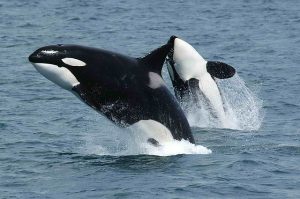
Weight: 5400 kg
Length: 8 meters
Conservation Status: Data Deficient
Other Names: Killer whale, Blackfish, Wolves of the Sea
Orcas (killer whales) are the largest of all the dolphins and easily the most powerful predators in the Earth’s waters today.
They are easily recognized by their striking black-and-white coloring. Also their high intelligent and cognitive skills makes them relatively easy to train. But this makes them a favorite target for dolphinariums and aquatic parks along with other species like the common bottlenose dolphin.
Although they are most commonly known by the name “killer whale,” they are part of the Oceanic dolphin family. They get their more popular name from their fearsome, intelligent and strategic pack hunting strategy.
In fact, no creature of considerable size in the water is safe from them. Their diet is varied and includes fish, rays, seals, other dolphins, sharks and even whale calves. This dolphin is so fearful that it can hunt and kill a great white shark almost effortlessly.
Fortunately, they don’t typically harm humans.
Their scientific name Orcinus Orca means “belonging to Orcus.” Orcus is the name of the Roman god of death or the underworld.

